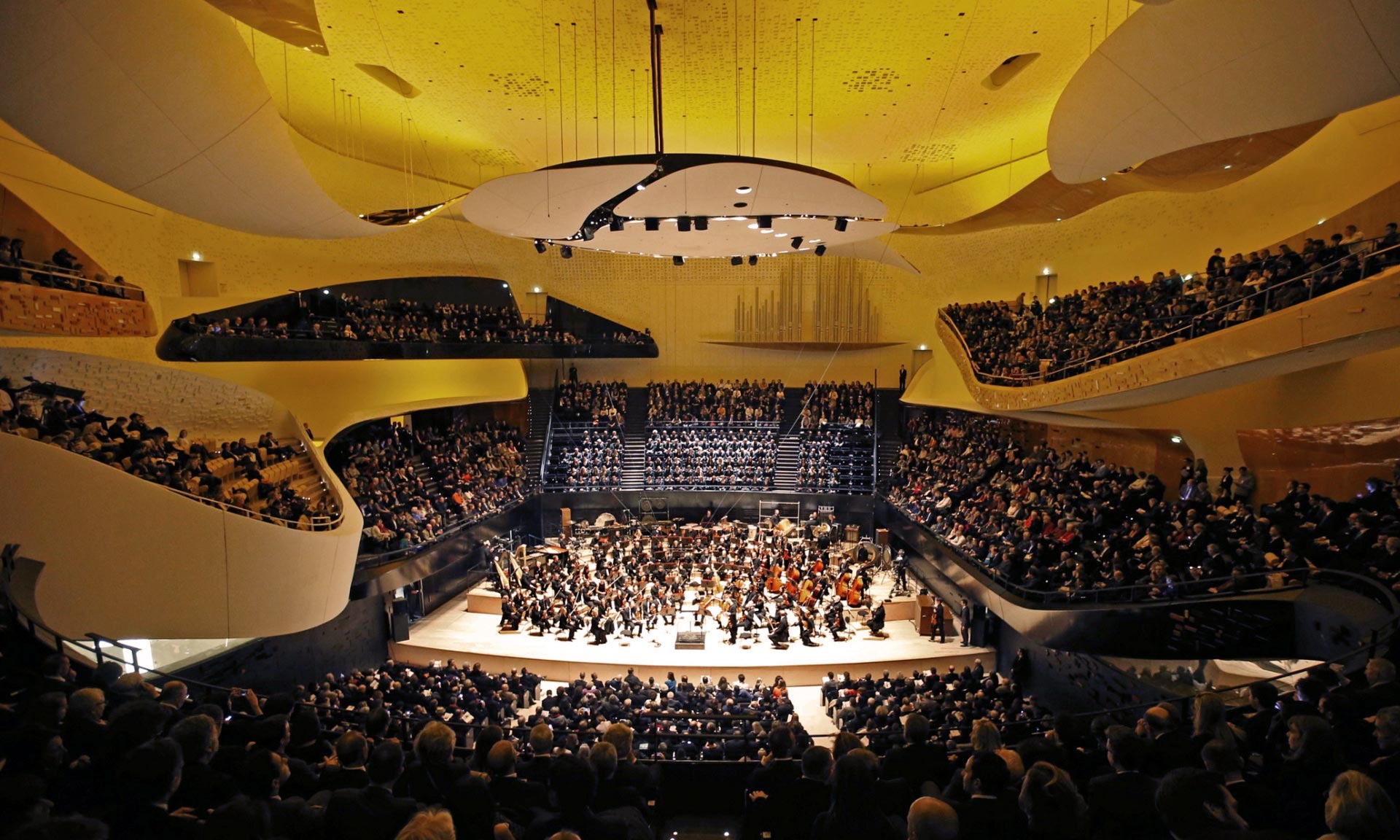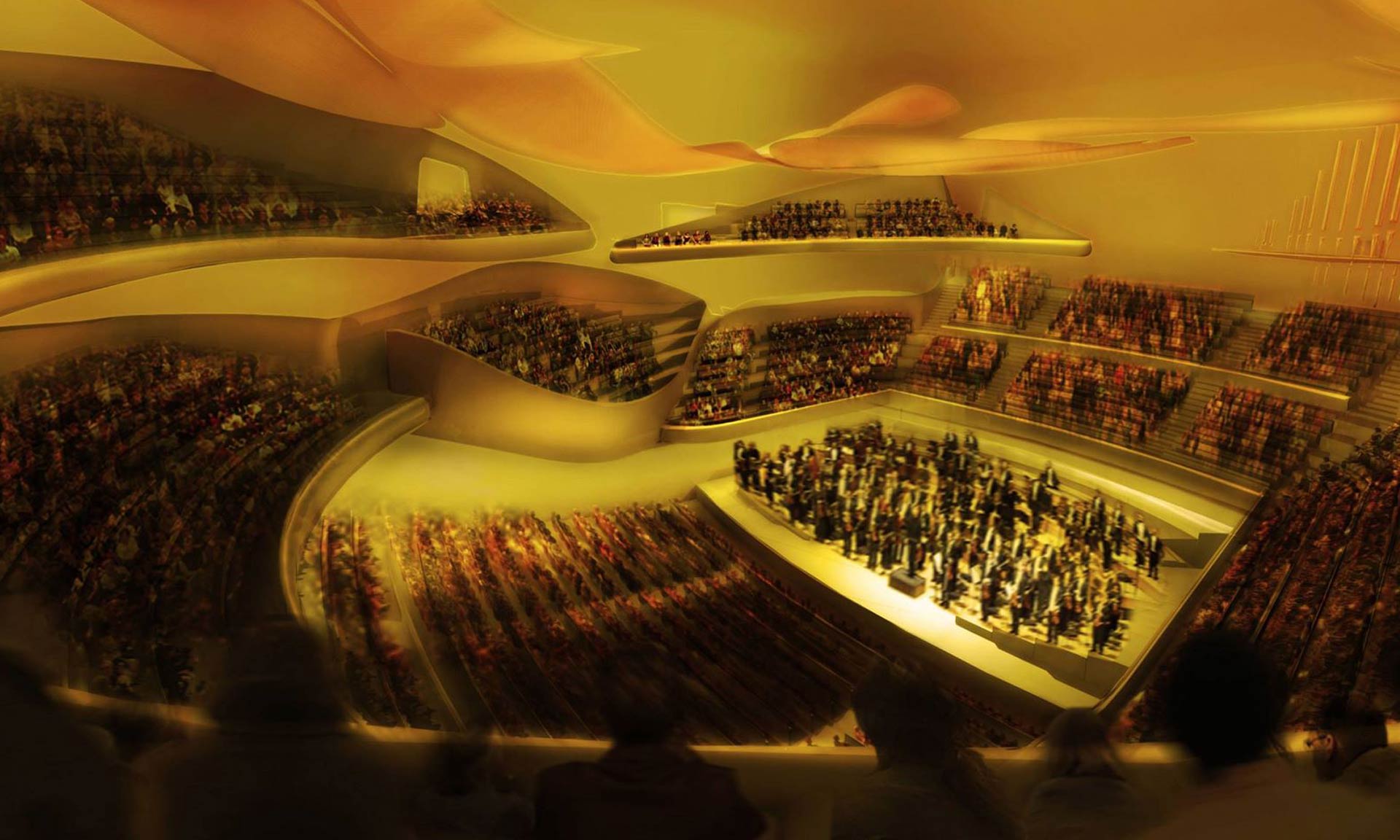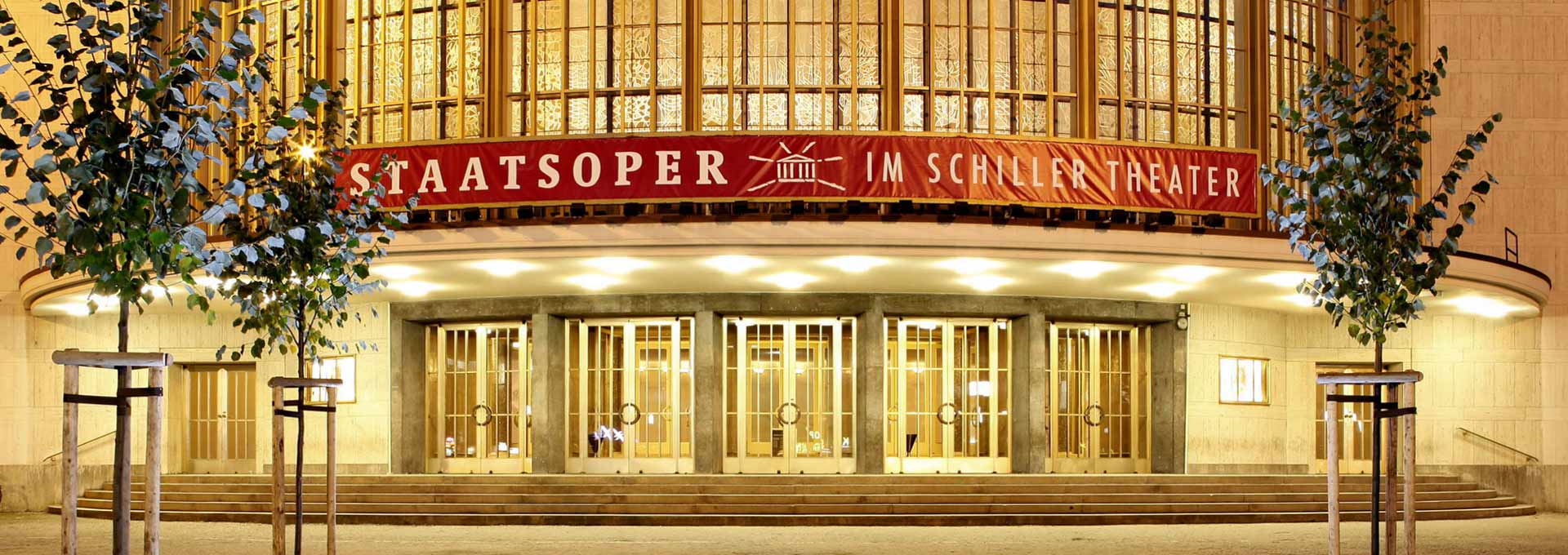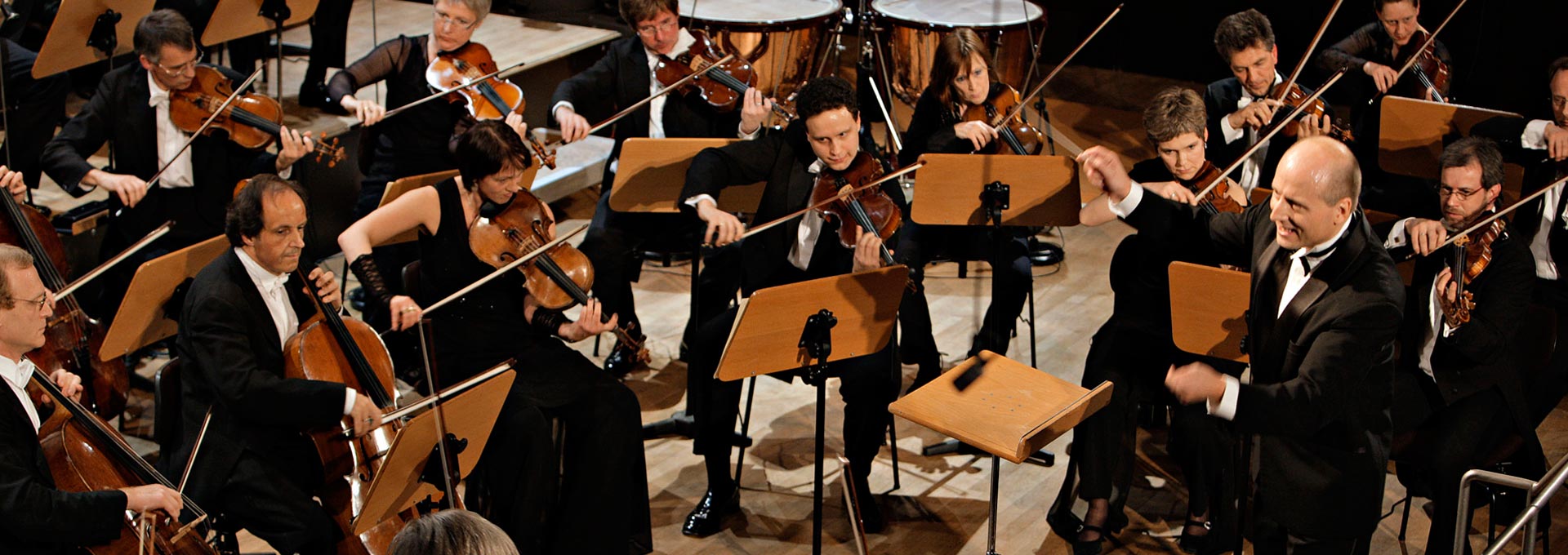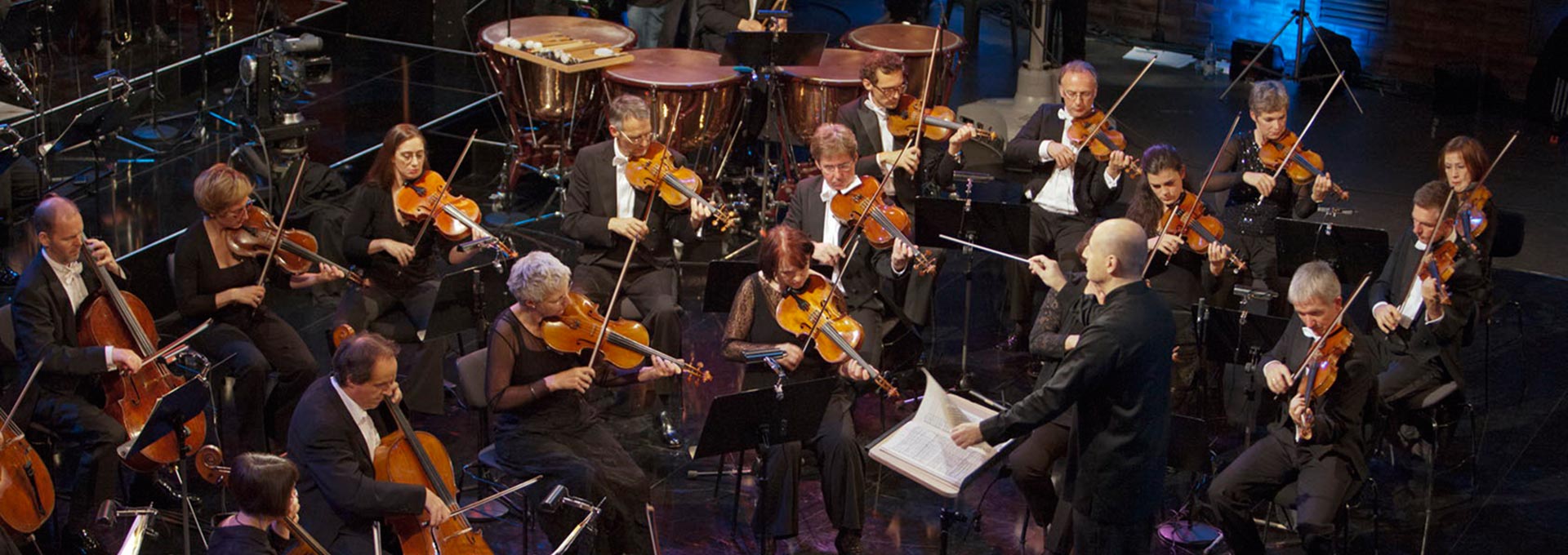WILL THE PHILLHARMONIE REVOLUTIONIZE MUSIC IN PARIS?
Paavo Järvi and the Orchestre de Paris only had access to rehearse in the hall two days’ prior to the opening concert and Jean Nouvel controversially boycotted the event as building work both inside and out is far from complete. Yet despite all the debates, politics and on-going construction work, Paris’ new Philharmonie opened last night to huge success as the first reviews testify:
“What matters most, though, is the concert hall. And from first impressions it seems acoustically marvelous … On Wednesday, in its orchestra-concert configuration, the acoustics were enveloping in the best sense. You never felt swamped with orchestral bigness and brashness; though reverberant, the sound had detail and clarity …”
“… After intermission Mr. Jarvi conducted the premiere of a formidable 30-minute work: Thierry Escaich’s Concerto for Orchestra. The piece begins with primordial low rumblings that provoke the percussion to break into skittish fits. This episodic, vividly scored, gritty piece goes through lurching digressions, by turns combative, reflective and exploratory.”
“The program concluded with Ravel’s “Daphnis et Chloé,” Suite No. 2, in which the chorus took part. Ravel’s glittering, sensual, voluptuous music is a good show-and-tell project for a new hall. Mr. Jarvi tamped down the cinematic opulence of the music, letting arcs crest and subside. During some passages heavy brass playing covered the chorus. Still, the sound overall was dark, palpable and balanced.”
“But the €390m question is: what does the hall sound like? … In short: pretty stunning. I can’t remember a new hall sounding this good or this characterful at its opening, despite the fine-tuning that will no doubt happen over the coming weeks. There is a combination of dazzling clarity and generous depth in the sound that makes the whole range of orchestral possibility feel like a vivid physical presence, from the ethereal delicacies of the all-French programme – the magical flute solo in the Second Suite from Ravel’s Daphnis and Chloé, or the intimate piano solo at the start of the slow movement of Ravel’s G major Concerto, played by Hélène Grimaud – to the huge tuttis, like the end of Daphnis, brilliantly realised by Järvi, or even the noisy note-spinning of the evening’s world premiere, Thierry Escaich’s Concerto for Orchestra. If the other 2,399 seats are as good as the one I was sitting in, I think that the Philharmonie could be one of the most dynamic and exciting places to hear orchestral music in the world – as well as the most fun simply to sit in, thanks to the combination of intimacy and imagination of the interior.”
“… this concert confirmed our first impressions. A warm acoustic, whose beautiful reverb does not harm the legibility of the music … Certain balances will of course be worked on … Meanwhile, what a joy to hear a powerful orchestral tutti resonate without lower saturation and with the comfortable feeling of space.”
Le Monde
“Happiness was confirmed upon entering the hall. After the towering, angular outer edge and a passage through a rough concrete hall, the interior lives like a cocoon of softness. Clean and caressing curves and a welcoming beauty. It is both at once grand and intimate. From the first notes, the bright sound gives the evidence required with Paavo Järvi and the Orchestre de Paris, the main resident ensemble, giving a 100% French programme … A very promising first impression.”
“The concert starts with humor: Edgard Varèse’s “Tuning Up” … First observation: the sound is extemely powerful. The crescendo that ends the piece shakes the spine: and the excitement builds for the 2400 spectators. Renaud Capuçon steps onstage to play Henri Dutilleux’s ” Sur le même accord,” for violin and orchestra. The demonstration is made: the powerful sound is also respectful of the solo voice. This popular French violinist offers a deep commitment, a sweet tone and beautiful unity with the Orchestre de Paris conducted by Paavo Järvi. In this hall with its undulating forms, sound seems to descend like a bird that whirls on stage. And soaring is the theme of this construction which is second to none …”
“What will work here? Actually quite a lot, because the clarity and balance allows both large and small scale. On a practical level, when it’s actually ready (months off from what I could see, I was really astounded by the lack of finish throughout), if they can stop the stalls seats from wobbling, if they can get rid of the excruciating background hum that I could hear in every silence, when it’s staffed by ushers who all know the answers to our questions, when the storm over the Salle Pleyel has died down – and it will – then this will be one of Europe’s best halls. And so in the end this is nothing but a cause for celebration, a bold enterprise in an age noted more for anxiety and doubt than confidence and self-assurance.”
The inaugural concert was attended by President. Francois Hollande, who gave a moving speech following last week’s tragedies in France whilst, prior to the opening, Paavo Järvi announced that the first week of concerts would be a tribute to the victims of those attacks.
